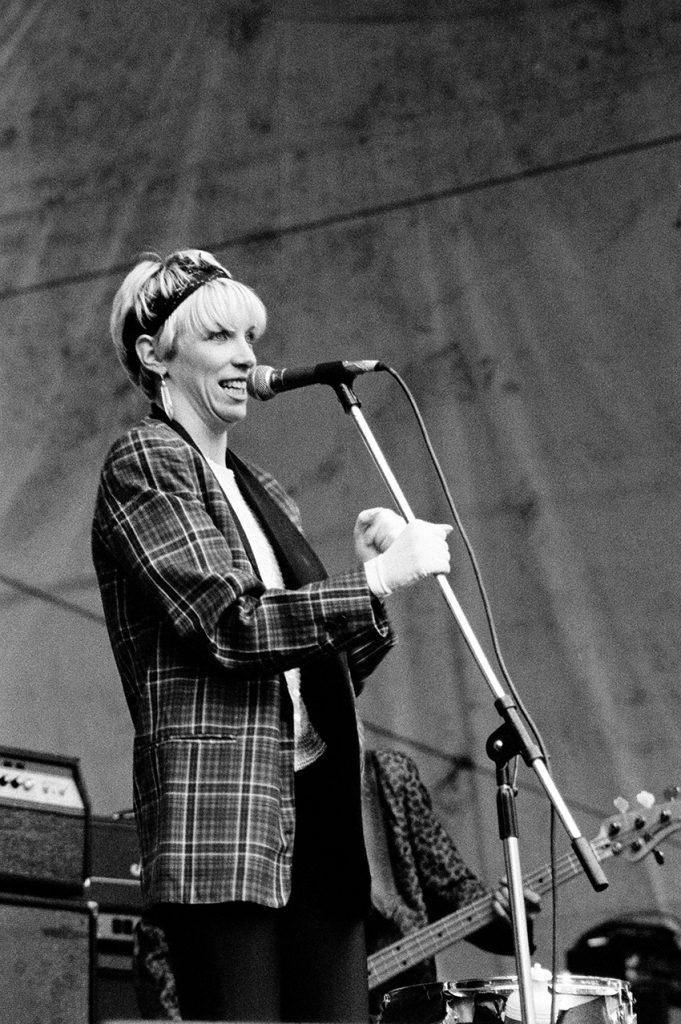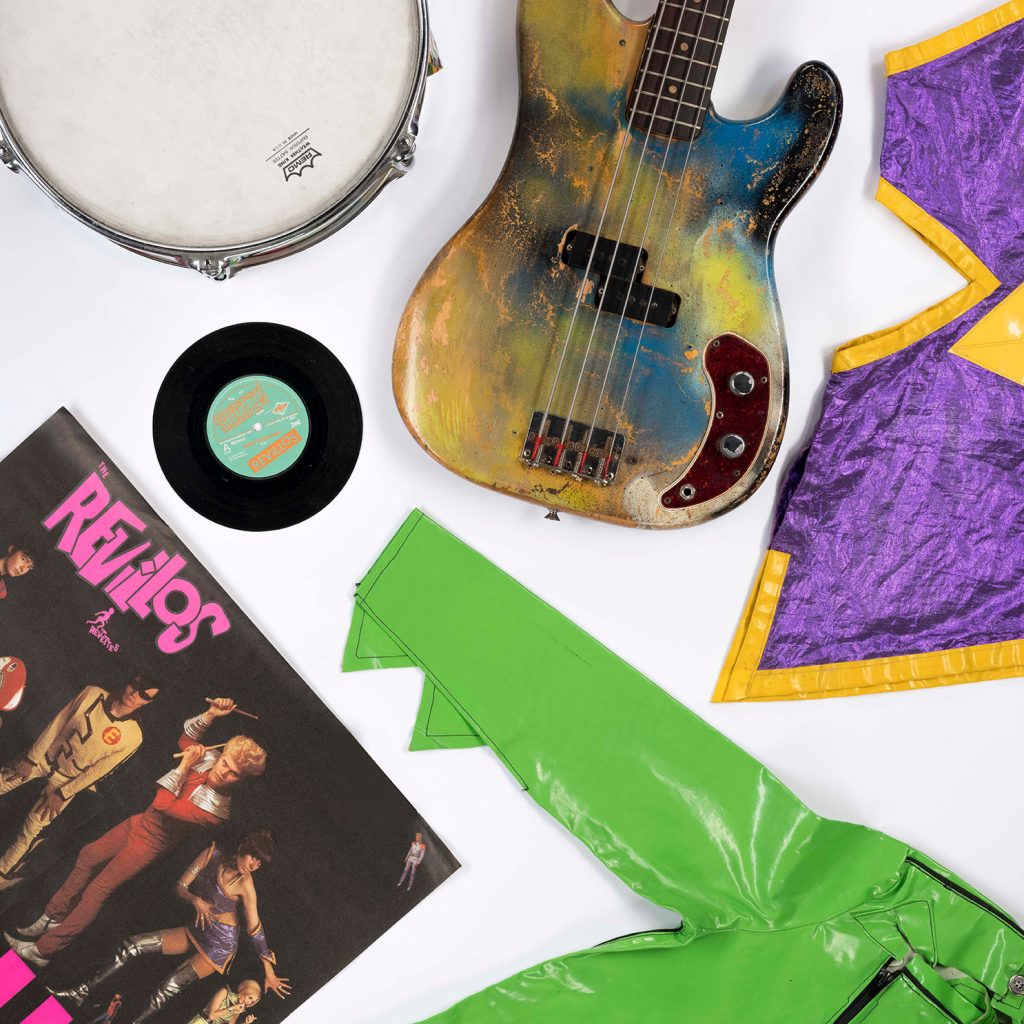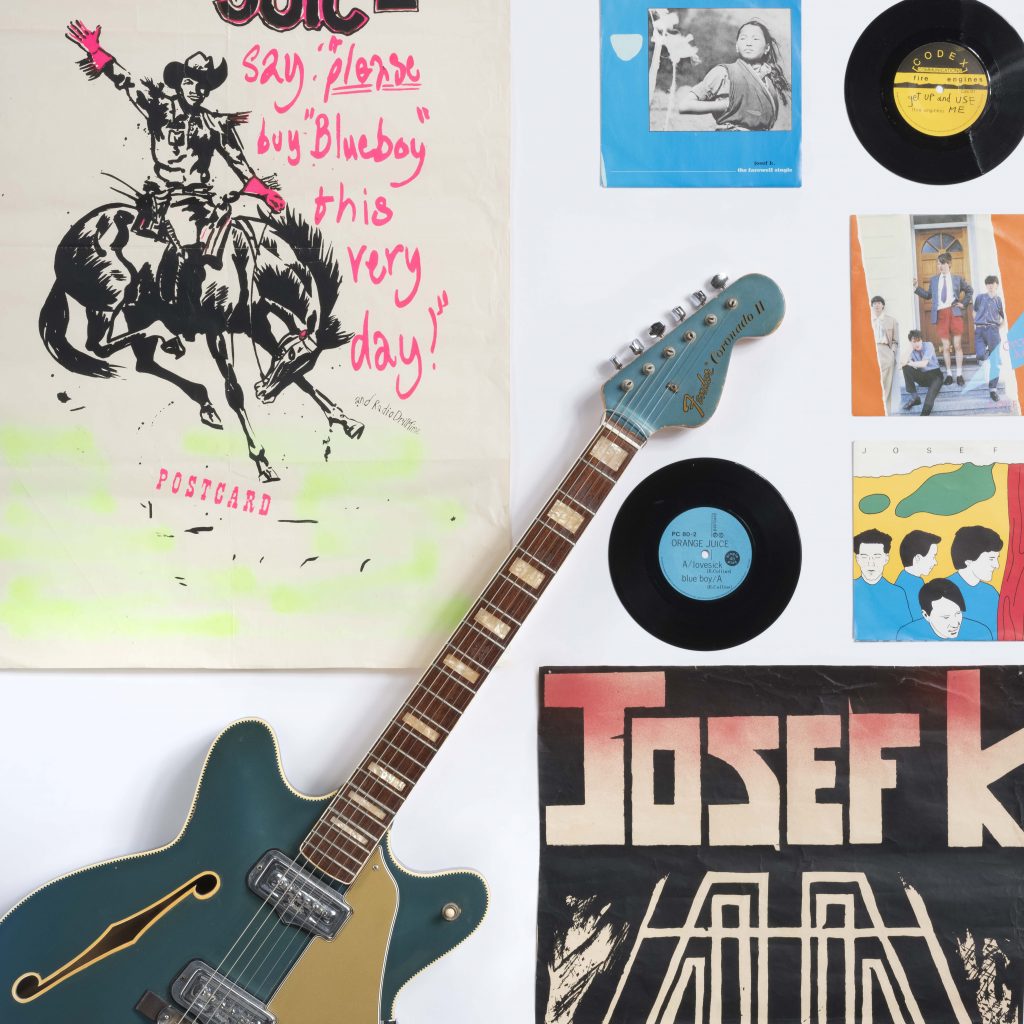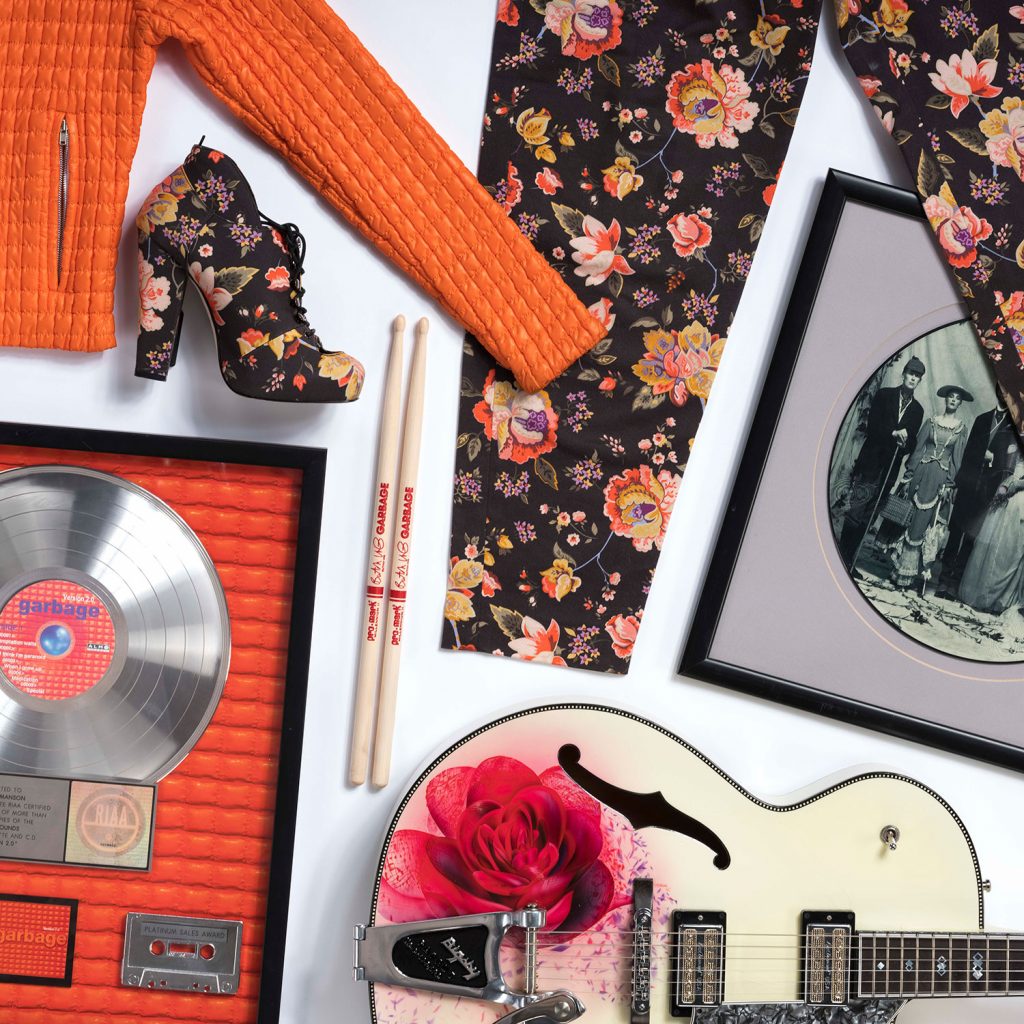As the installation of the exhibition nears completion, I thought I’d reflect a little on how we put the exhibition together. Rip it Up has been in development for the past couple of years; my initial outline proposal was then broadened and shaped by a series of in-house brainstorming workshops, consultation with potential audiences to test out our ideas. This resulted in an exhibition brief which outlined the main narrative, the story we wanted to tell, as well as key bands and artists which we felt would help us do that. This in turn provided a blueprint for us to develop the exhibition content.
It’s fair to say that we don’t have a huge amount in our permanent collections on Scottish pop music. Indeed, our initial research did not reveal much in other museum collections either. That gave us the challenge (and the opportunity) to go more or less from scratch. It’s common for museum exhibitions to feature loan material from other collections, and we have borrowed items from the V&A, Glasgow Life and some fantastic photographs by Harry Papadopulous from Street Level Photoworks in Glasgow. However, our approach from the outset has been to go directly to the bands and artists themselves for loaned material, as well as to some collectors.

The advantage to this is that the material often comes with very personal stories and perspectives; the challenges are that the lenders are geographically dispersed, and have had to deal patiently with what might seem our quite extensive loans procedures. We always made the point that we treat all loaned material to the same high standards expected from a national museum, whether it be artwork from another large museum or Rezillos memorabilia from Eugene Reynolds’ garage. So yes, we did put Midge Ure’s coat from the Vienna video in the freezer and got his permission to have it dry cleaned.

It would be invidious to single out individuals, but I will mention some notable examples of how external help and advice contributed to the exhibition. Ronnie Gurr’s background of managing bands and an enviable address book helped us secure some high-profile loans as well as negotiate the, for us, unchartered territory of the music industry.
At an early stage I became aware that Kevin Buckle of Avalanche Records was developing his idea of a permanent Scottish Pop Music Exhibition Centre; he organised a pop-up exhibition at the Fruitmarket Gallery in June 2017. Kevin put me in touch with some useful contacts and helped source some excellent 1980s material, including an extensive set of Postcard and Fast Product releases and a very handsome guitar which belonged to Paul Haig from Josef K, who in turn had bought it from Edwyn Collins.

The journalist Neil Cooper was a great early sounding board, and Bruce Findlay, former owner of the eponymous record shop, ex-manager of Simple Minds and all-round music enthusiast is someone whose sage advice and encouragement has always been welcome.
The net result is that we have over 80 lenders contributing more than 500 objects to the exhibition, almost all of which has never been on display before and so we hopefully meet the challenge which applies to all museum exhibitions of having something new and interesting to offer both the expert and the newcomer on any given topic.

Even so, I am well aware that there will be different opinions on what has – or indeed hasn’t – been included. Space is finite, and there have been a handful of instances where we have not been able to secure loans, but do keep your eyes (and ears!) peeled: even where we haven’t been able to represent every artist through the display of physical objects, many more are featured through the use of film, music audio-visual material, music, photographs and graphics.
I’m incredibly grateful for the generosity and time of lots of people (and I mean lots!) – musicians, industry experts, academics, writers and enthusiasts – who spoke to me during the development of Rip it Up. Their passion and enthusiasm has been hugely evident throughout, and I hope that they – and everyone else – will find that passion reflected in the final exhibition.
Rip It Up: The Story of Scottish Pop runs at the National Museum of Scotland from 22 June – 25 November 2018. Find out more and book your tickets at www.nms.ac.uk/ripitup
